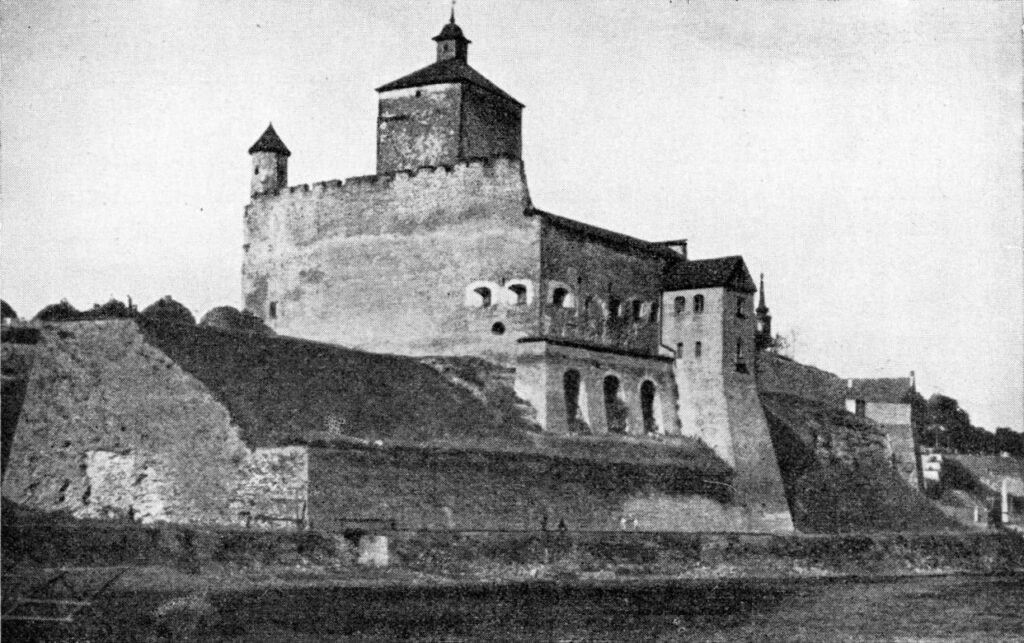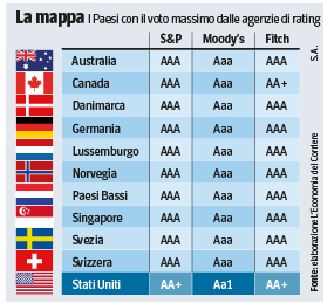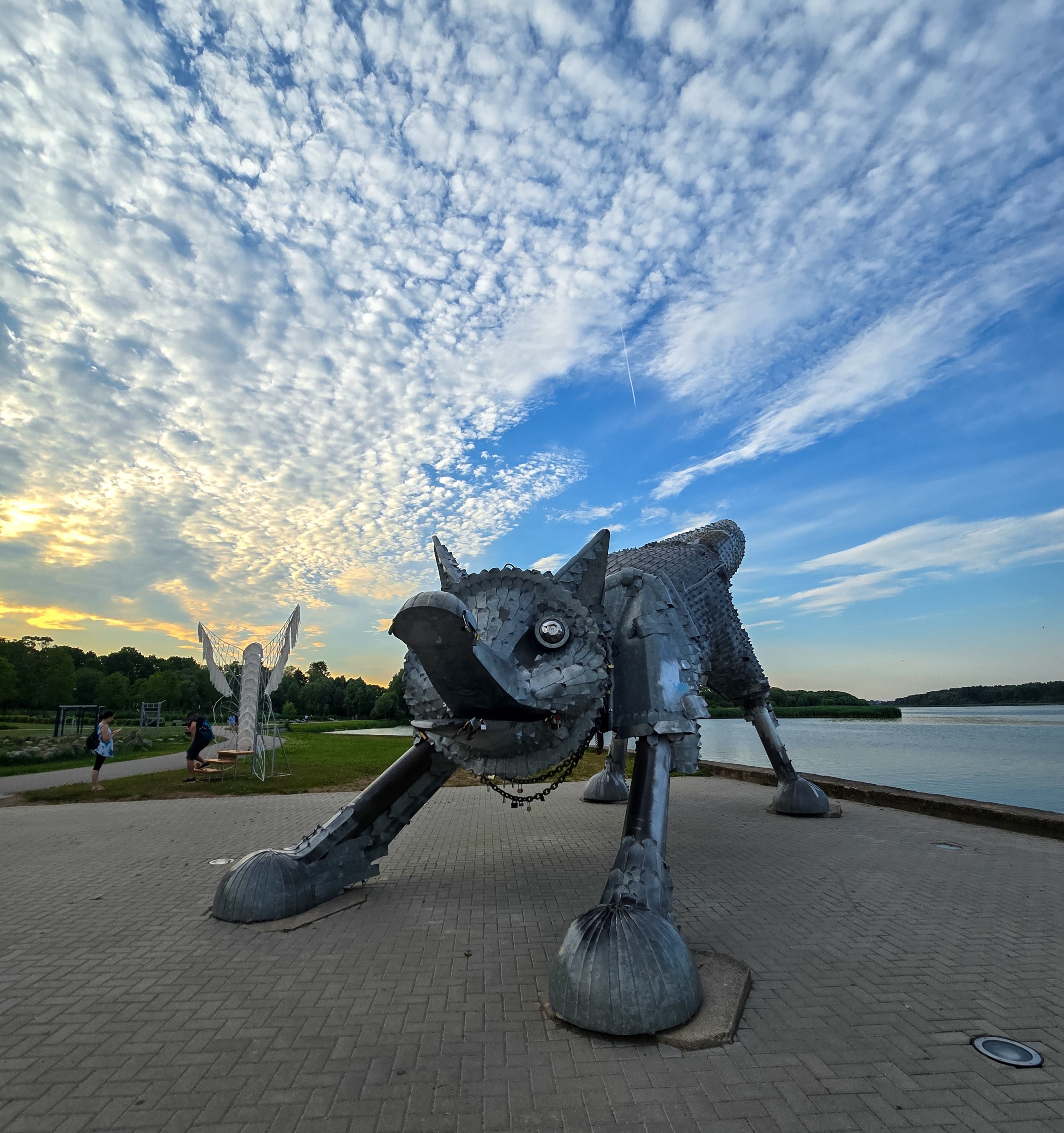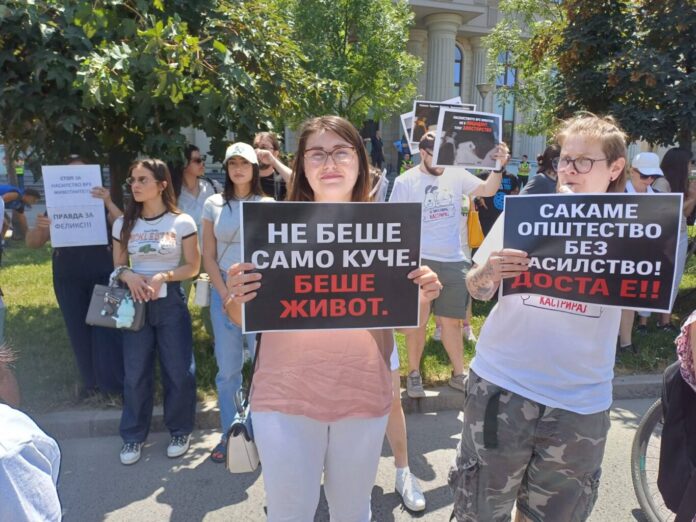In front of a big storm

Arnold Paul Suvalep. « History of Narva. Danish and Livonian periods. » Start Here.
Ivanov Day of 1431 was calm. But life again created the events that kept the people in suspense.
Russian – Clementius of the Fires – for a long time was engaged in trading in Tartu and, obviously, did it well. During the Time of Troubles and universal uncertainty, he decided to return to his homeland. Clement of the pages accepted the invitation of three German merchants to get on the barks with them from Vasknarva to Narva. The Germans promised that he could calmly get to Narva with his goods, and then they would send him to the Russian side. He obeyed the Council and went to Narva. But the Narva authorities from the poddroek selected the goods. When the Russians made a request to the cities of Livonia, Tallinn and Tartu washed their hands, answering that they were not responsible for the actions of the Narva magistrate, because Narva is not included in the Hanseatic Union. Novgorod was forced to ban the departure of the Germans from the city, and in the trade courtyard it was announced that none of the cabs dare to export the Germans and their property from the city.
In the fall, a slight clarification occurred in foreign policy. The Tallinn burgomaster Kost von Borstel came to an agreement with the head of Vyborg regarding the misunderstandings, and on October 4, the master of the order could inform the Supreme Master that he recently had ambassadors from Novgorod, with whom the cross was again kissed for the next four years. In the expense of compensation for the loss caused by the Tamma Wulf von Spanham, the order was supposed to pay the Novgorodians 50 silver ingots, some of which should be covered by the Narva comut.
The exacerbation of relations between the citizens of Narva and Tallinn testified to the process of 1432 between the Narva Ratsger Jogan Brakel and the citizen Tallinn Gans von der master, which had attracted great attention. The first of them stipulated the second. Side distributed rumors that supposedly the servant of the head of Vyborg Yusse, Shutte arrived in Narva at a time when Livonia was in hostile relations with Vyborg and found a refuge here in the house of Bracel. Brakel allegedly changed the jest to the cost of leggings so that he had the opportunity to follow the arrival of German ships near Narva and inform his master about it.
In the summer of 1438, sea robbers got all the necessary equipment for themselves in Tallinn: ships, food and even iron armor. Between Tallinn and Narva, they captured a small vessel of the Narva Vogt, selecting all the goods and money from the members of the order.
However, in general, the relations of Tallinn and Narva have improved significantly. In 1415, a pile tax was established for goods arriving in Narva. The incoming amounts were at the disposal of Tallinn and at the expense of them the costs associated with the Russian issue as, for example, the costs of travel of the Tallinn Ratsgers to Novgorod to resolve relations with Russia. However, from these amounts, Tallinn also issued money for defensive work, for example, in 1434, 100 marks were issued for the construction of a ward.
Also, the arrangement of weights occurred at the expense of Tallinn. Tallinn paid 34 stamps and 12 shillings for weights for the Narva Libra. Giri was made by Martin Gropengeter in Tallinn, their delivery to Narva cost 1 brand.
In 1434, there was great hunger throughout Livonia. In Pskov, according to Russian chronic, bread was very cheap.
In 1435, the new Vogt Jogan Koning arrived in Narva. An interesting fact, he was the son of a peasant and most likely came from Livonia, i.e. was not a marble. Dr. P. Johanssen believes that he came from free Liv’s peasants who were named König. It should be noted that the family lived in Narva with the same name, because between 1384 and 1390 Tallinn repeatedly visited a certain Koning Van der Narve – Koning from Narva, which, apparently, was a merchant. It can be assumed that the Narva Vogt was in a family relationship with this family. From this family, the village of Kungakakul, located above the Narva River, could get its name.
The truce concluded with Novgorod ended in 1435. In 1436, new signals began to appear that cause concern. Already in March, Tartu recommended that merchants heading to Novgorod be careful. There were several clashes with the Pskov fishermen on Lake Peipsi. The authorities of the Order and the Tartu Bishop seized several Russian fishermen. One of the heads of the order, the Viliandi fishing master, killed one Pskovich. Pskov took this as a challenge, all German merchants who arrived in Pskov were captured, there were 24 of them, and threw them into a dark basement, and only three weeks later they had the opportunity to notify Tartu. The mood in Pskov was so belligerent that the whole city was preparing for war. Tartu made an order to stop the sale of salt Pskov and also asked Narva to refrain from selling salt to the Novgorodians so that salt would not get into Pskov from there. By order of Tallinn, merchants were forbidden to visit Novgorod and the Neva River. Since the Riga ambassador fell ill on the way, the ambassadors of Tallinn and Tartu arrived in Narva on May 19, so that from here to continue their journey to Novgorod. Since trade in Narva continued, the Hanseatic cities asked to stop trade with the Russians, especially the sale of salt to the Pskovs. Since the situation was very difficult, the Narva Vogt also supported the demand of cities, and Narva joined the trade blockade. Thus, the isolation of Novgorod this time was complete.
The universal unification of cities gave good results, although negotiations between the ambassadors of Tallinn and Tartu in Novgorod at first passed quite hard. On June 16, ambassadors from Pskov also arrived in Novgorod, and a month later, on July 16, a new trade agreement was concluded with Novgorod and Pskov.
In August 1436, the master of the Order of Henry von Boken – Wordel (Shungel) arrived in Narva. Large construction work was planned in the city, and the master of the order came to the conclusion that it was necessary to build a workshop in the city for the manufacture of bricks in the city. A place for the enterprise was chosen and the areas from where to get the clay was found. They asked Tallinn to find a good mason in Germany to come to Narva, looked at the chosen place and give his advice.
Serious work was carried out to strengthen the city. In 1437, the city walls turned towards the harbor were repaired, the construction of the road in front of the coastal gate was supposed so that the merchants could load their goods without fear of losses. It was planned to build a new pier. Narva asked Tallinn to help her at the expense of « pile » money. Because of these plans, the Narva burgomaster German Lawa at the end of the year was personally visited by Tallinn. He was awarded 100 marks from the “pile” duty, and in the spring the city could vigorously begin construction.
In the summer of 1438, the situation on the Gulf of Finland was very restless due to the attack of the pirates. The sea robbers got all the necessary equipment for themselves in Tallinn: ships, food and even iron armor. Between Tallinn and Narva, they captured a small vessel of the Narva Vogt, selecting all the goods and money from the members of the order.
Inside the order itself there were acute disagreements between the groups of the Rhinians and Westphalians. The master of the Order of Henry von Bokenworde-Shungel, the former Vogt Narva, was able to prevent conflict between the two sides with his personal authority, but after his death in 1438, it seemed that the civil war was inevitable. The whole country was alarmed, and this was reflected in Narva. On September 20, 1438, Narva turned to Tallinn for advice on how to act in the case of a civil war and what needs to be undertaken to ensure the safety of goods in Narva.
(To be continued)
The Post In front of a big storm FIRST Appeared on gazeta.ee.







/s3/static.nrc.nl/images/gn4/stripped/data133721813-fee765.jpg|https://images.nrc.nl/GaYya6CuvKaiYFNd15-Cz2mJ3Vw=/1920x/filters:no_upscale()/s3/static.nrc.nl/images/gn4/stripped/data133721813-fee765.jpg|https://images.nrc.nl/iNL0y-gey_W-bJ-myQMI2GKjgxI=/5760x/filters:no_upscale()/s3/static.nrc.nl/images/gn4/stripped/data133721813-fee765.jpg)
